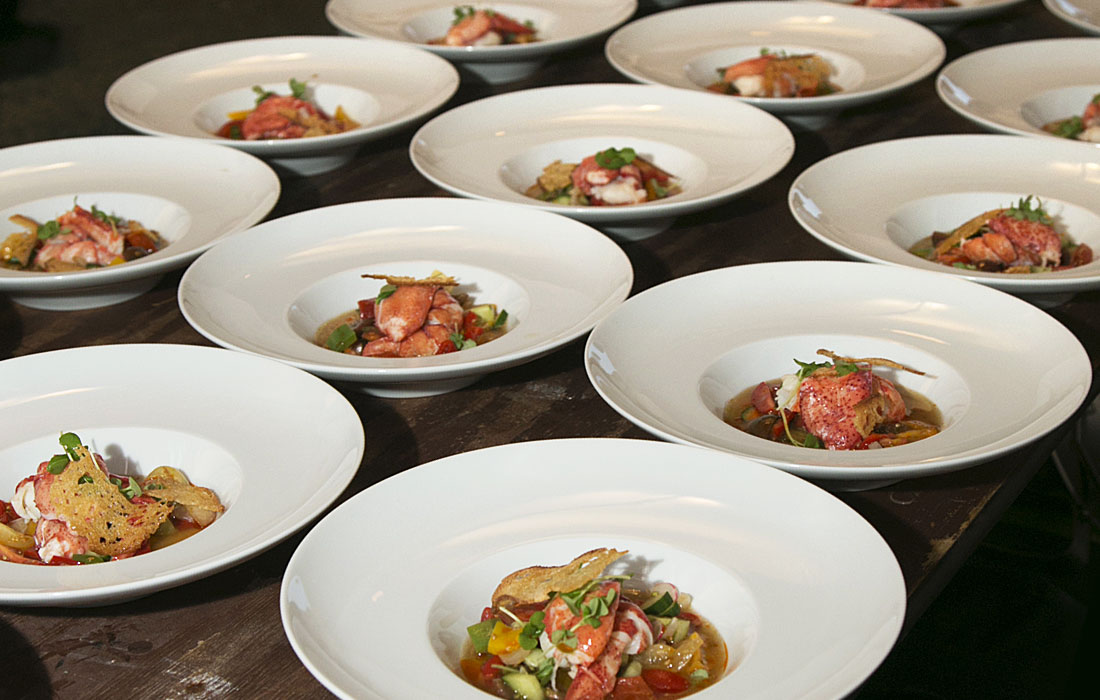Good food and wine appeal to the senses. They should be attractive to look at, a pleasure to smell, feel good in the mouth, and, of course, taste delicious. Food pairing is the practice of creating an artistic, elegant or harmonious pairing between food and wine — drawing on elements of flavor, intensity and texture. A great food and wine pairing will elevate each to a greater whole.
Most people will order the dish that most appeals to them and drink a wine they are familiar with. They are often not concerned about it being the “perfect” pairing. The good news is, most food and wine pairings work. Food and wine pairing is both art and science, but certainly leans towards the art.

There are a few ways to make food and wine pairing foolproof. Here are the four main things to consider:
When framing a recommendation for pairing, there are two routes to take — complement or contrast. Complementing the food matches similar flavors. Match a lightly flavored dish with a lighter style wine, either white or red. After matching for intensity, match food and wine with similar textures and flavors. Example: pair a medium-bodied Chardonnay that has tropical fruit flavors with a pork chop that's served with pineapple salsa, or pair a "buttery" Chardonnay with lobster and drawn butter.

Contrasting foods is the opposite — and, yes, opposites do attract. For example, Riesling (off-dry to sweet) pairs beautifully with Cajun-spiced calamari. Or a bright, acidic white like Sauvignon Blanc works well with rich cream sauce dishes. The reason Cabernet Sauvignon pairs so well with steak is that the tannic structure of the wine cuts beautifully through the fatty richness of well-marbled steak.
"Drinking wine with food should always be a progression. Taste the wine first and really get a feel for it on its own. Then do the same with the food, enjoying all the flavors and textures. Just before they are about to escape the palate, that’s when you want to chase it with the wine."– Rob Bigelow
As the intensity of the cheese increases, so does the intensity of its wine match.

Much like the cheese pairing, as the meat advances in color and animal stature (a clam to a cow, for instance), so does the intensity of the wine pairing.

Assess vegetables according to the natural color spectrum and a corresponding wine color will often complement each vegetable.

